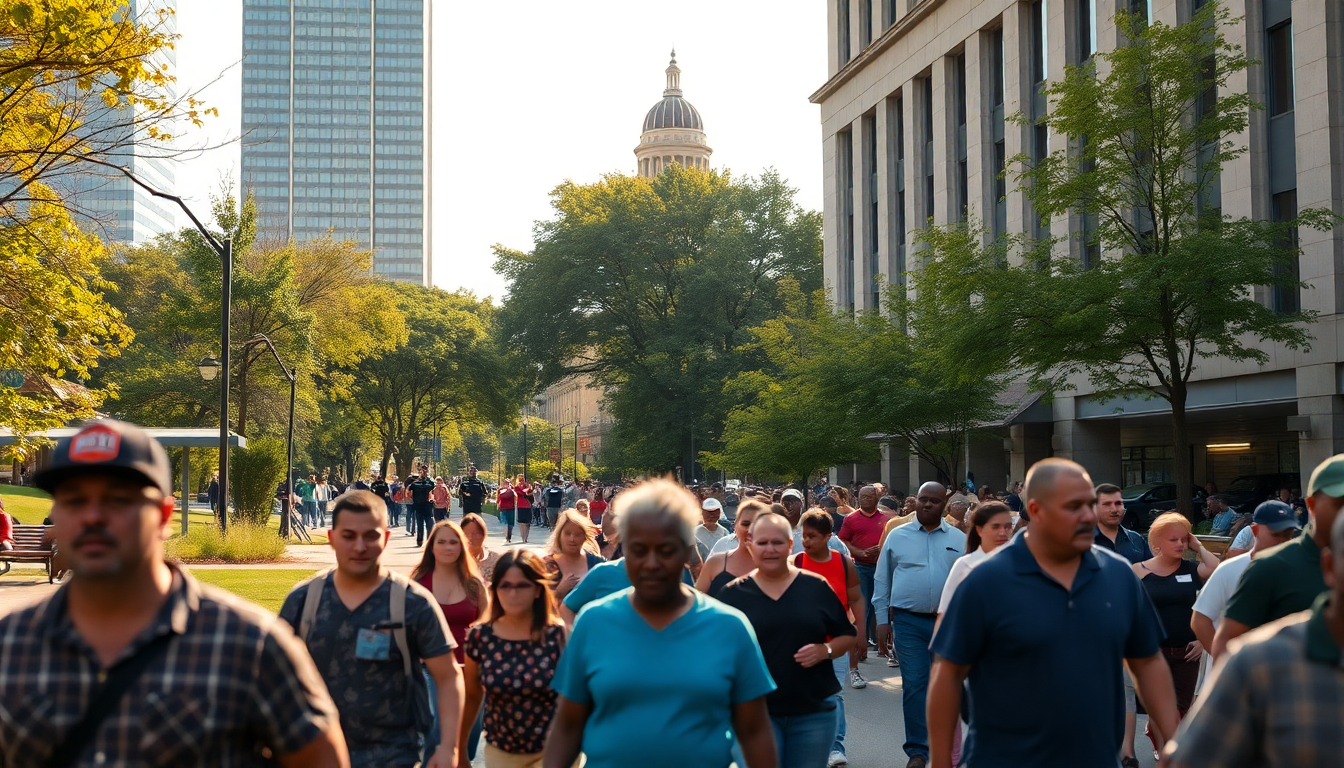Table of Contents
The recent arrest of a suspect in the alleged stalking of Memphis Mayor Paul Young has put the spotlight back on public safety in the city. Curious about how this incident, which came on the heels of the mayor touting declining crime rates, affects the real state of safety in Memphis? It’s time to unravel this complex issue by looking at crime trends, community perceptions, and the steps being taken to protect both residents and public officials.
Understanding Crime in Memphis
Mayor Young has been vocal about the positive changes in crime statistics for 2024 and 2025, but the reality often tells a different story. The recent arrest of Trenton Abston, who was caught with alarming items like a TASER, gloves, and duct tape, serves as a stark reminder that threats can arise when we least expect them.
The Memphis Police Department (MPD) plays a vital role in tackling these dangers, and their quick action in this case showcases a commitment to public safety.
Crime data from local authorities reveal fluctuations in criminal activities, often tied to economic and social factors.
In Memphis, we see a complicated relationship between improving crime stats and the ongoing concerns of residents. While some neighborhoods may enjoy a drop in crime, others could be facing the opposite, highlighting the need to analyze crime rates on a deeper level.
Public sentiment can sometimes trail behind the facts. For example, the backlash against sports analyst Stephen A. Smith’s remarks on player safety in Memphis shows there’s a perception problem that local officials need to address. It’s not just about numbers; it’s about making real, impactful changes in community safety measures.
Recent Incidents and Community Reaction
The attempted kidnapping of Mayor Young has sparked fresh conversations about safety in Memphis, especially for public figures. This alarming event has caught the attention of local media and concerned citizens alike, raising questions about the effects such threats might have on daily life.
The MPD’s proactive efforts, including using security camera footage, demonstrate their commitment to adapting to modern safety challenges.
In the wake of the arrest, Mayor Young took to social media to counteract negative perceptions, stressing the importance of community spirit and resilience. “Memphis is a vibrant city filled with passionate sports fans and a robust local identity,” he asserted. Yet, the ongoing crime narrative can sometimes overshadow these positive elements, potentially discouraging investment and tourism.
The community’s response to these challenges is critical. Grassroots organizations and local leaders are stepping up to push for improved safety protocols and initiatives that engage residents. This collective response to crime underscores a growing awareness of the need for community resilience and collaboration between citizens and law enforcement.
Looking Ahead: Safety and Investment in Memphis
As Memphis navigates its public safety hurdles, the implications for investment and economic growth cannot be overlooked. How does the perception of safety affect property values and attract potential investors? Local authorities must focus not only on reducing crime rates but also on boosting public confidence in their safety measures.
In the coming years, expect to see more initiatives aimed at enhancing safety through community programs, an increased police presence, and partnerships with local businesses. These efforts will be crucial in reshaping the narrative around crime in Memphis, creating an environment ripe for growth and investment.
Ultimately, the interplay between crime, public safety, and community well-being is intricate. By emphasizing transparency, accountability, and community involvement, Memphis can pave the way for a safer future that reassures both residents and potential investors about the city’s vibrancy and security.





